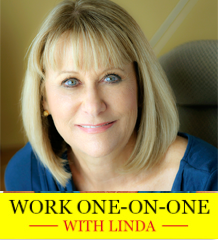When my best friend from Annapolis moved to Vermont to be near her sister and start a new life, I understood. Hadn’t I done just the same thing five years before when I transplanted myself from California to Maryland to be closer to Joy?
I watched as Lucie packed up her shelves of books, her artwork, her garden sculptures and her kayak, as well as a flotilla of orchids that were in their fourth or fifth year—and said goodbye. I was happy that she was looking forward to her new life with pleasure; nevertheless, I couldn’t help but feel a sharp sense of loss.
Still, in the items she left behind for friends, she set two things aside for me: her oyster cage, and an unspoken guardianship of the Osprey pole she had erected when she built her house on the river—the pole which Brad and I observed and saluted every time we boated past it down the Severn. She had hoped that a pair of Osprey would settle in and start a family, and the pole gradually became a symbol of my own hope that Lucie would return to visit often and see what had become of it—and all of us.
The oyster cage turned out to be more difficult to care for, especially when we added three more to our collection in a bout of enthusiasm. Lest you think we were oyster “farming,” with the intention of having them for supper, we instead became, as Lucie had demonstrated so ably, “oyster gardeners.”
Every year over the winter months, scores of such devoted gardeners grow baby oysters, or spat, in cages suspended from their docks; then, the following spring, they return the more mature oysters to the Chesapeake Bay Foundation, which has a trained team who puts the bivalves back into their natural habitat. There they begin to filter the ecosystem of the Bay and help to make it cleaner.
However, tending the growing oysters is quite time-consuming: we discovered we needed to spend part of each weekend scrubbing down our four cages with hose and brush, and then dunking them like teabags off the end of the dock for a final rinse.
Getting extremely wet and dirty when temperatures were low and the wind was sharp, turned out to be no fun. Still, I was able to reassure Lucie when we Zoomed each week that the oysters in her cage were well-cared for.
Attracting a pair of Osprey to the new pole we had erected in memory of the fun we were having with Lucie’s was less difficult than tending the oysters. Osprey take care of themselves and simply provide delight. They return year after year to the nest with which they are familiar to raise this season’s family; however, we were uncertain that our pole would draw such a pair because it was new.
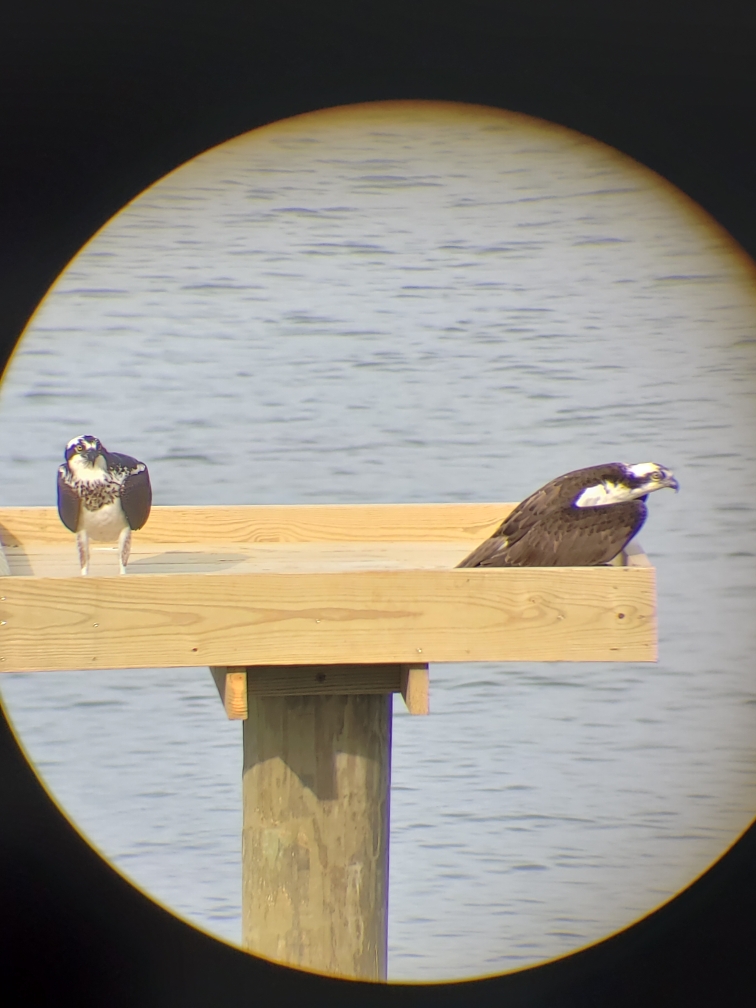
When two of the striking black and white raptors arrived and began, in any kind of weather, to build their huge, intricate nest atop our pole, we were delighted and watched them every day. Soon Mrs. O made herself available to Mr. O. and we began to wait. Would she lay eggs? Would the two survive the severe winter weather of our river and its predators? We began reading up on Osprey and their habits.
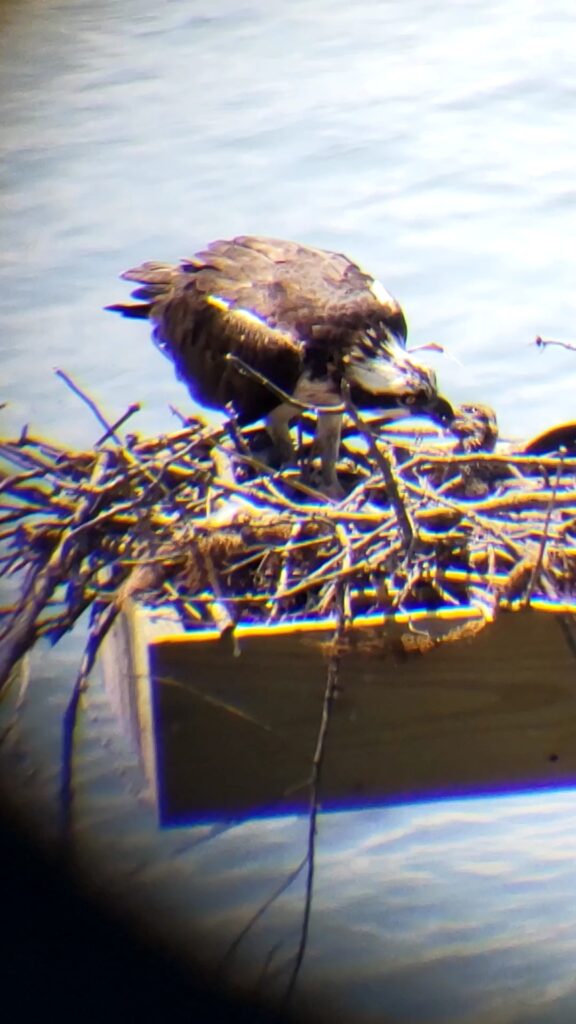
About six weeks later, a tiny head peeped over the edge of the nest. We named him O’Henry, after the writer, and called him Henry for short. In the following eight weeks he grew from a tiny chick to a fledgling who now hops around and stretches his wings, beating them enthusiastically as he gets ready for his first solo flight. We have come to love this circle of life playing out before us and are happy that Mr. and Mrs. O will most likely return to our pole next spring.
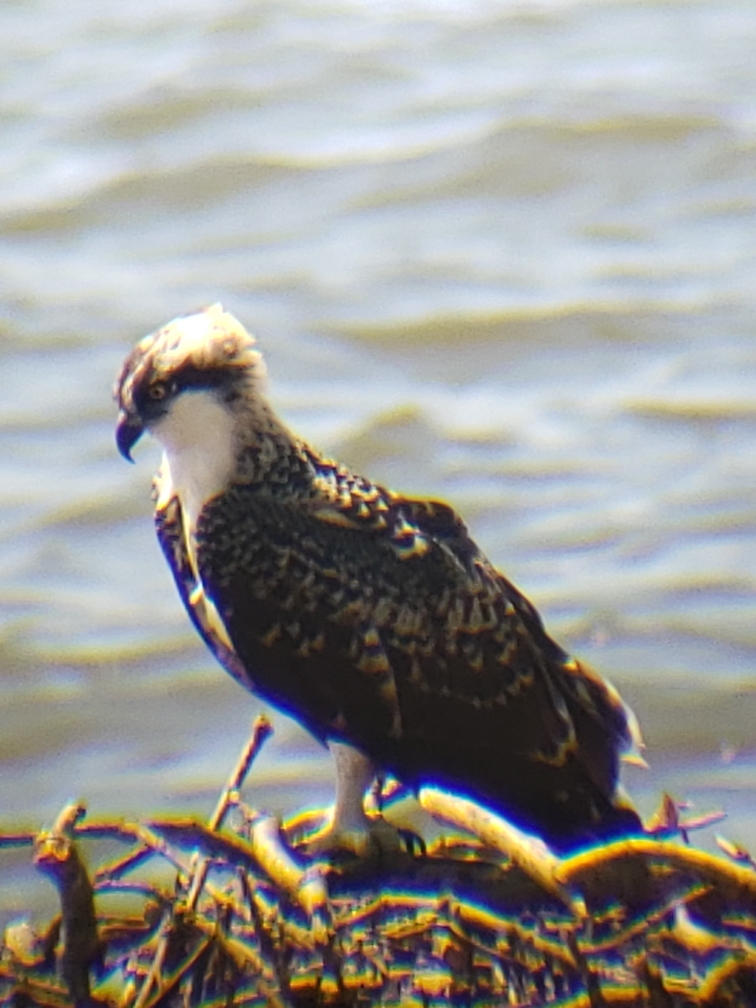
Lucie left behind her a rich legacy: from muddy cages to Osprey poles, she taught us what to expect as nature cycles before us on the river. She may have left our immediate world, but her influence will always be present.
Such is the nature of a friendship that abides.
Yours,
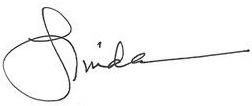
Have a comment or feedback? Talk to Linda!

